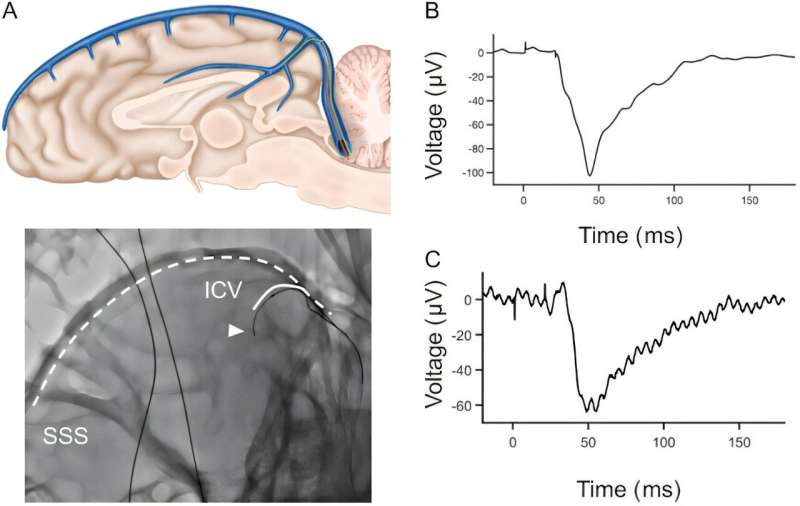This technique could potentially transform the diagnosis and treatment of neurological conditions like epilepsy and pave the way for advanced brain-computer interfaces.
It eliminates the need for invasive open-brain surgery, offering a safer and more accessible way to monitor and stimulate brain function.
Current methods for directly measuring brain activity require invasive procedures, either removing part of the skull to place electrodes on the brain surface or inserting electrodes directly into brain tissue. While noninvasive methods like EEG exist, they lack the precision needed for detailed analysis. This new method bridges the gap, offering high-fidelity recordings without the risks associated with traditional invasive approaches.

